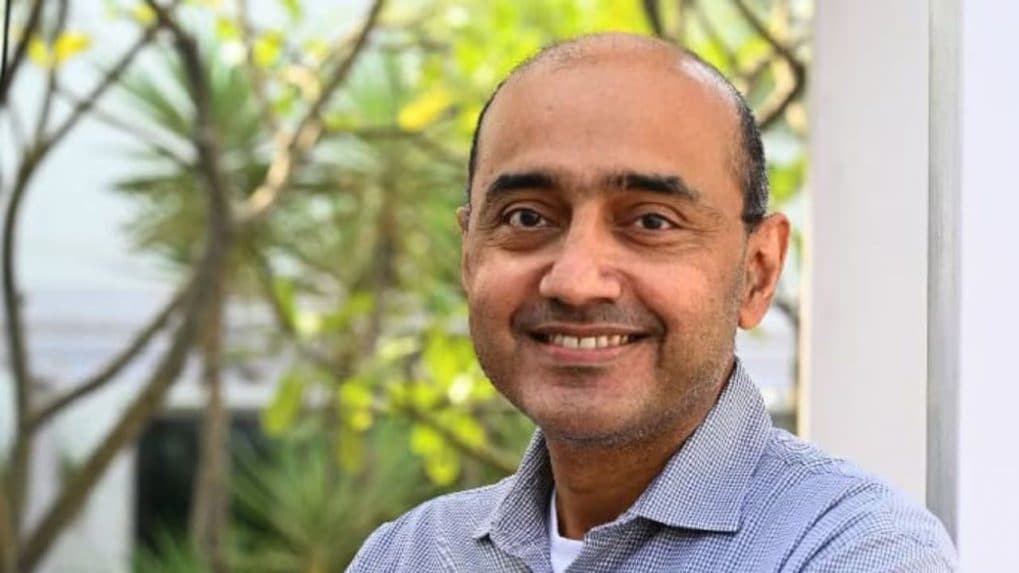Brand Makers
Dil Ka Jod Hai, Tootega Nahin

Acknowledging that Direct-to-Home(DTH) remains under significant pressure from regulatory inconsistencies, the rise of IPTV and broadband-connected boxes, and the disruptive impact of free-to-air services like DD Free Dish, Bharti Airtel MD Gopal Vittal maintained that DTH is far from obsolete.
Speaking during the company's Q4 FY25 earnings call, he highlighted that a significant number of Indian households, especially those in regions not yet wired with broadband, still rely on linear TV.
“We achieved a record high in market share,” Vittal noted, adding that the company added 76,000 DTH customers in the quarter, driven largely by the encouraging uptake of its new IPTV service. However, the company has taken a “brave call” to eliminate all subsidies in the DTH business, a structural shift expected to significantly improve cash flows.
“We are waiting for the competition to follow,” he said, advocating for a rationalisation of acquisition costs in a market where consumer churn is increasingly high.
Airtel’s IPTV rollout, bundled with fiber broadband, promises a better user experience, on-demand content, catch-up TV, and enhanced convenience—all through a single pipe. Vittal sees the product not just as a content service but a convergence play, one that is accelerating broadband growth and improving customer stickiness. The integrated service now includes exclusive content partnerships with Apple TV and Apple Music, along with Airtel’s own Xstream platform, which aggregates multiple OTT apps.
“We estimate the industry to grow to 80–90 million broadband homes from the current 46 million,” Vittal said, underlining the scale of the opportunity.
Airtel added 8.1 lakh broadband customers and over 2 million FTTH (fiber to the home) passes in Q4. Airtel closed FY25 with India revenues of Rs 33,100 crore.
Structural Challenges in DTH
Despite the growth in IPTV, Vittal emphasized that DTH still has a role in India’s vast and diverse media landscape.
He pointed to regulatory distortions where DTH, cable, and broadband operate under separate frameworks, creating uneven playing fields. The rise of DD Free Dish, offering quality entertainment at virtually no cost, is another headwind. “It was intended to educate, but it’s now a free entertainment service,” he said, adding that it has further eroded the economics of DTH operators.
India's DTH industry has been grappling with structural changes as consumers shift toward OTT and broadband-based video consumption. Regulatory constraints such as price ceilings and cross-holding restrictions have limited the flexibility of DTH providers, while broadband-based IPTV services enjoy greater operational freedom. The Telecom Regulatory Authority of India (TRAI) reported a consistent drop in active DTH subscribers, with a significant decline of 2.26 million subscribers in the third quarter of 2024 alone.
"The raucous, almost deafening, cuss words from the heartland that Piyush Pandey used with gay abandon turned things upside down in the old world order."
Read MoreFrom OpenAI’s ChatGPT-powered Atlas to Microsoft’s Copilot-enabled Edge, a new generation of AI-first browsers is transforming how people search, surf and interact online — and reshaping the future of digital advertising.